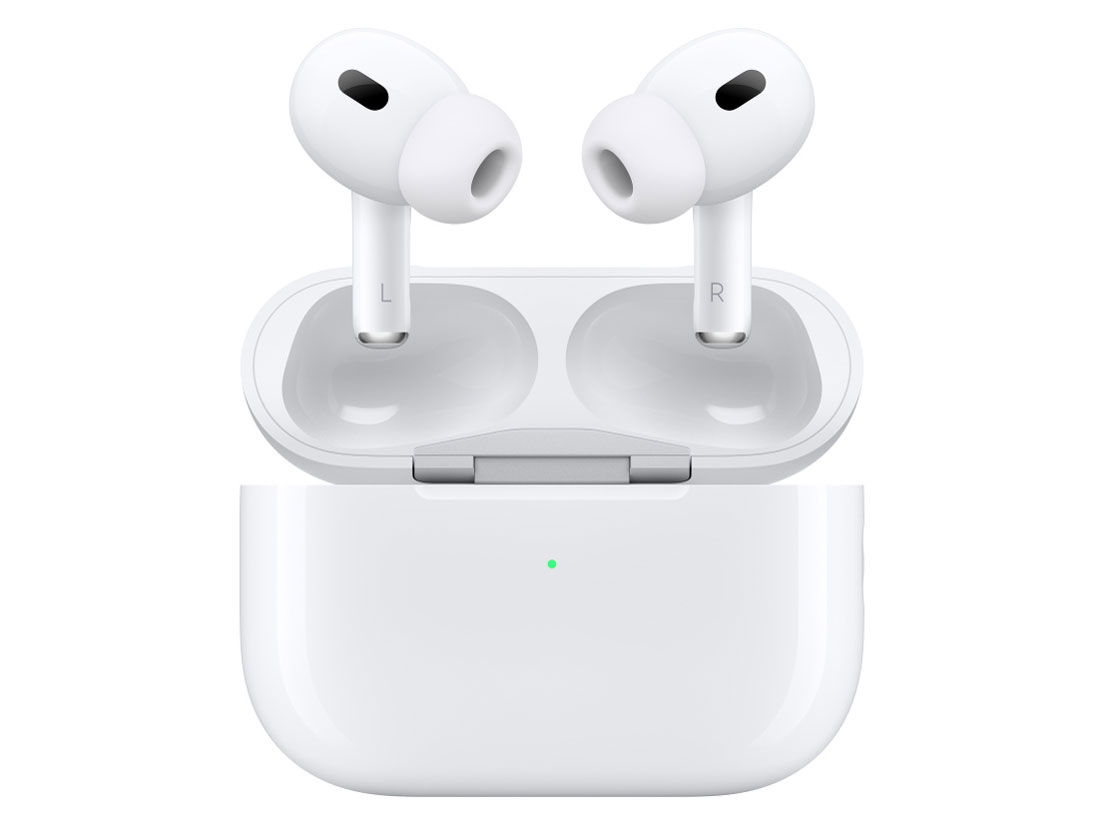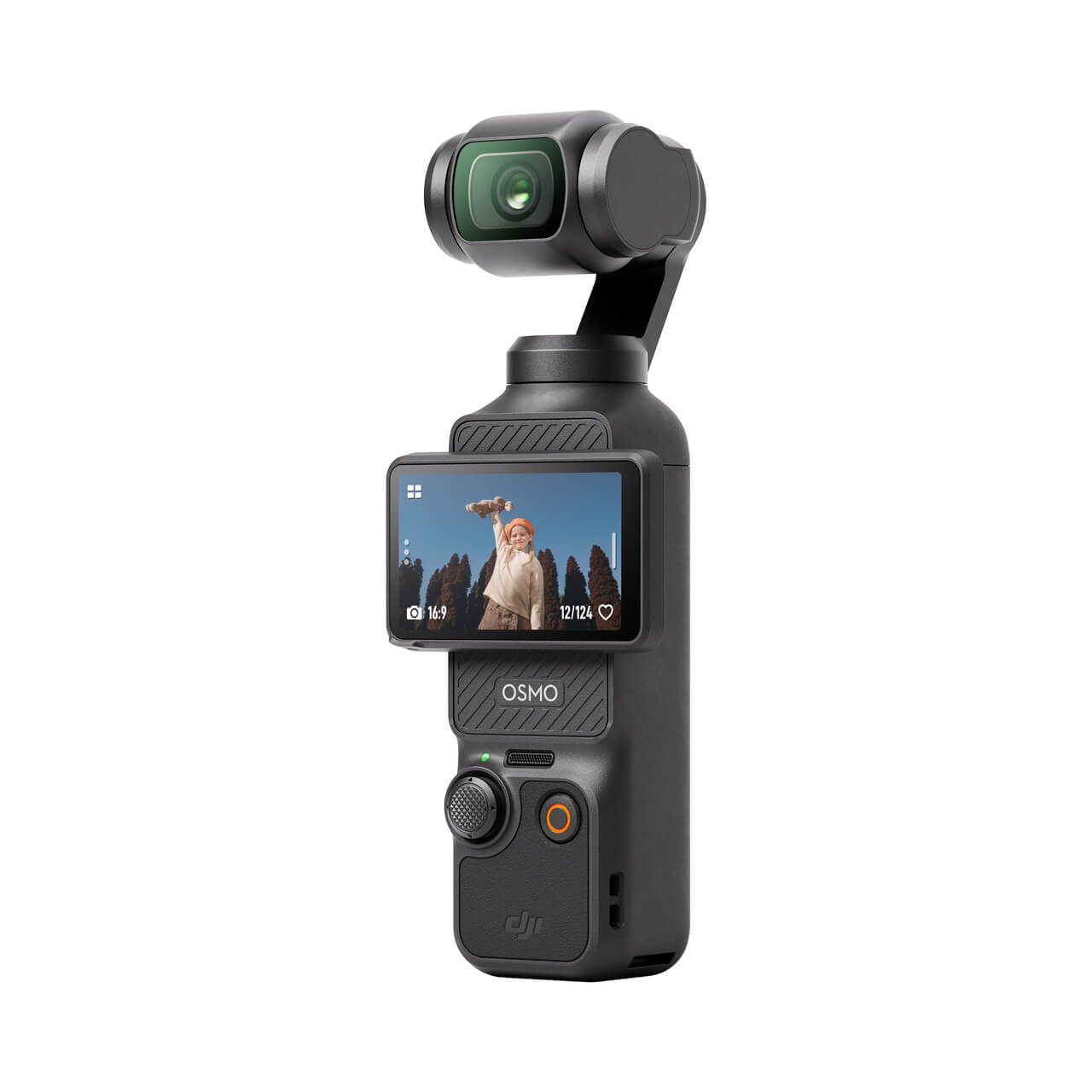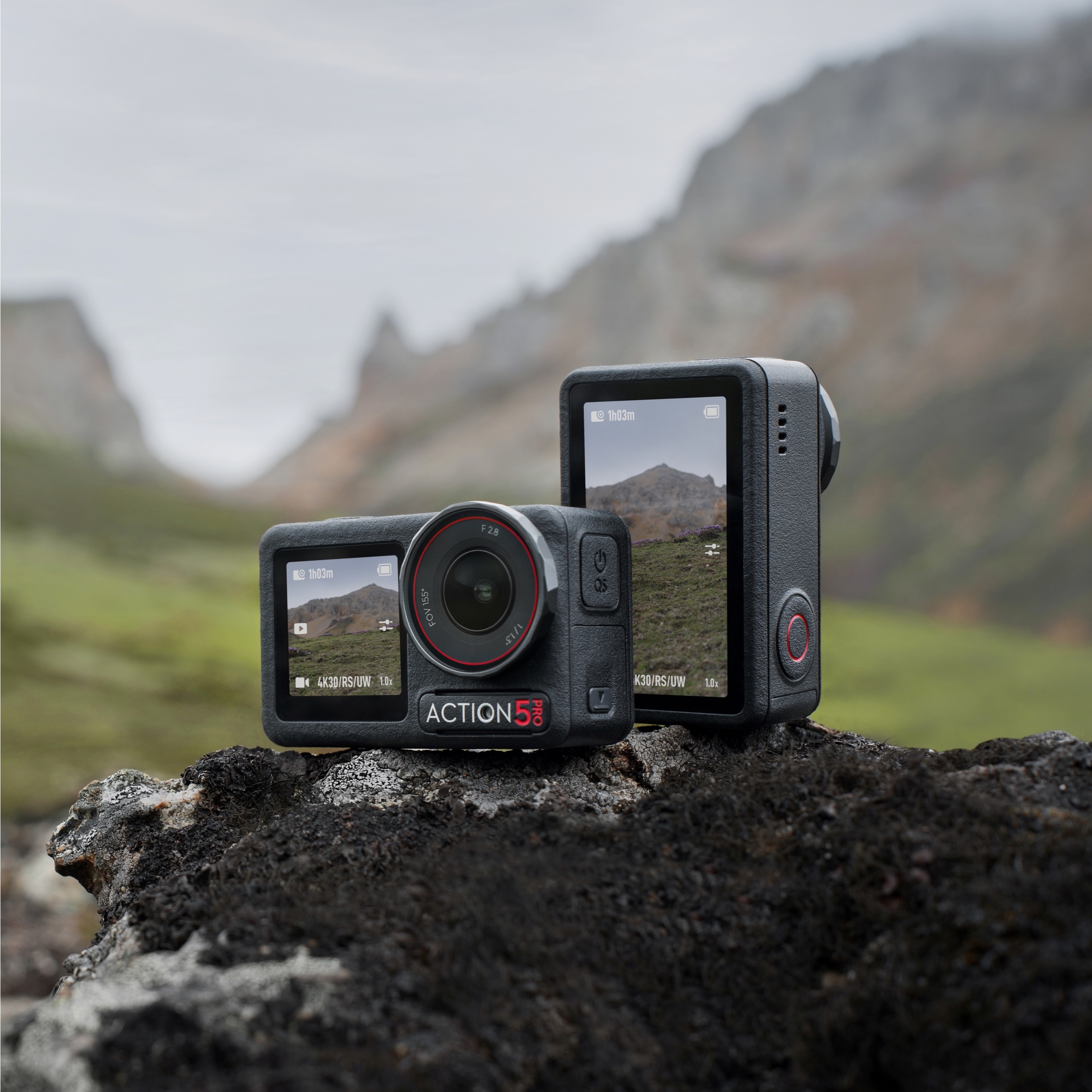You might be looking for truly wireless earbuds that deliver deep noise cancellation so you can focus during your commute or enjoy your music undisturbed. You may also want a model that works seamlessly with your other devices and feels comfortable even after long use. Yet you could hesitate because of worries about cost, battery life, or whether the sound quality truly justifies upgrading. To address those uncertainties, we took a close look at Japanese users’ impressions—well known for their precise, detail-oriented feedback—on this device and its real-world strengths and limitations.

Apple AirPods Pro 2
The Apple AirPods Pro 2 are premium true-wireless in-ear earbuds from Apple’s AirPods line, positioned as a high-end option with active noise cancellation, spatial audio support, and health-related features. This model builds on the first-generation AirPods Pro by integrating the Apple H2 chip, improving noise isolation, and extending battery life. It is well suited for users within the Apple ecosystem who value seamless integration, audio quality, and additional smart features.
Features
1. Noise Cancellation & Transparency Mode
These earbuds offer pro-level active noise cancellation (ANC) that Apple claims is twice as effective as that of the original AirPods Pro. The Transparency mode allows ambient sounds in, now refined to give more natural hearing of surroundings.
2. Sound & Spatial Audio
Powered by the H2 chip, the model supports Adaptive EQ, Personalized Spatial Audio with dynamic head tracking, and low distortion audio reproduction for richer bass and clarity.
3. Hearing Health & Hearing Aid Features
With a software update, the AirPods Pro 2 can perform a clinically validated hearing test and offer “Hearing Aid” functionality to help with mild to moderate hearing loss. Noise protection algorithms also reduce exposure to very loud sounds.
4. Battery Life & Charging Case
The earbuds weigh about 5.3 g each and the charging case is around 44 g. They deliver roughly 6 hours of listening time with ANC on (or more in lower/noise modes). The case supports MagSafe, Qi wireless charging, and in newer variants, USB-C, and includes a U1 chip and speaker for Find My precision.
5. Controls & Fit
The device supports stem touch controls – press and swipe gestures for volume, play/pause, and ANC/Transparency switching. It includes multiple sizes of silicone ear tips (now also an extra-small option) for better acoustic seal and fit.
Variants & Lineup
The AirPods Pro 2 are available in at least two case variants: one with the classic Lightning connector, and a more recent version with a USB-C charging case which also brings improved dust resistance (IP54) and support for lossless audio with select Apple devices. Within Apple’s earbuds lineup, the AirPods Pro 2 slot above the standard AirPods models and below the higher-end AirPods Max.
Positive Reviews
- Strong active noise cancelling that helps in real-world commutes. Multiple users said train rumble nearly vanished, and one flyer noted engine noise during takeoff dropped enough to fall asleep.
- Natural-sounding transparency mode. Several reviewers felt voices came through “as if not wearing earbuds,” making brief conversations at home or in stores easier.
- Seamless Apple ecosystem integration. Users carrying iPhone, Mac, iPad, and Apple TV described frictionless switching—music on iPhone would hand off to a Mac meeting or an Apple TV session without manual pairing.
- Reliable “Find My” and case tracking. Owners liked locating the case by distance/arrow and pinging it when it slipped into a bag or a couch.
- Clear call quality in noisy places. A business user said street wind and mall noise were suppressed enough that callers asked if they were “at home,” and office meetings ran smoothly.
- Comfortable light weight for long wear. Many said they “forgot they were on,” with no pressure hotspots; one marathon commuter wore them for train rides without fatigue.
- Compact, pocketable case. Reviewers were surprised the case “disappears in a jeans pocket,” yet still supports MagSafe/Qi for easy drop charging.
- Force-sensor controls prevent accidental touches. Users coming from touch-only buds appreciated that a light pinch or swipe registered reliably without false triggers.
- On-stem volume swipe is genuinely useful. Several people highlighted that sliding up/down for volume felt faster and more precise than tapping sequences.
- Adaptive/automatic audio behavior feels thoughtful. A number of users said media volume dipped automatically when someone spoke nearby, then returned, which made household use smoother.
- Balanced, non-fatiguing tuning. Some listeners—especially those prioritizing vocals—reported clean mids and separation that stayed listenable for hours, even at low volume.
- Improved ANC over the first generation. Upgraders from Gen 1 noticed chatter in open offices dropped further; one said they finally “stopped hearing neighboring conversations.”
- Stable Bluetooth behavior. Compared with buds that cut out or struggled with multipoint, owners described AirPods Pro 2 as consistently connecting and staying connected.
- External sound control granularity. Users liked switching among Noise Cancelling, Adaptive, and Transparency depending on context—subway, office, or walking.
- Helpful fit test and multiple tip sizes. Several appreciated iPhone-guided fit checks and the extra-small tip option to dial in seal and comfort.
- USB-C case + MagSafe convenience. People consolidating cables praised that their phone and buds now share cords and chargers; magnets made bedside charging effortless.
- Stronger bass than the previous model (for some). Upgraders felt lows gained weight and overall balance improved versus Gen 1, without becoming boomy.
- Low listening fatigue versus other brands. A few who found certain competitors “piercing” said this model sounded smoother and easier for podcasts and YouTube.
- Transparency helpful for hearing soft sounds. Multiple reviewers using hearing assistance reported they could finally catch quiet cues like a thermometer beep or birdsong on walks.
- Practical hearing-assist features for mild hearing loss. Users completed the on-iPhone hearing check, loaded audiograms, and felt daily conversations at home became less strained.
- Good passive seal with third-party tips if needed. Several noted that swapping to foam or alternative tips boosted bass and ANC without compromising stability.
- Thoughtful everyday design touches. Owners mentioned the case’s sound cues, tight hinge, and overall “refined but simple” appearance that matches other Apple gear.
- Solid media experience with spatial audio for movies. Some who watch on iPad or Apple TV enjoyed a more immersive sense of space without fiddly setup.
- Strong value in usability, not just sound. People who juggle devices said one pair covering phone calls, TV, and laptop meetings justified the price.
- A sensible upgrade path from Gen 1/other buds. Multiple upgraders felt the mix of better ANC, on-stem volume, and ecosystem features made the switch “worth it” even if sound alone wasn’t transformative.
Negative Reviews
- Sound quality can feel muffled or underwhelming. Several listeners described a veiled treble and modest bass impact, calling it “fine for BGM” but not engaging for music-first use.
- Price is high for the audio performance. Multiple buyers said that at this price, competing earbuds deliver more detail or dynamics, making this model feel costly unless the ecosystem matters.
- Codec limitations frustrate some users. Android owners and hi-res fans criticized the AAC-only path and said LDAC/aptX sets sound richer on their devices.
- Fit can be tricky for certain ears. A few reported the stock tips never felt fully locked, or the buds felt “too light,” with occasional slips during head movement.
- Ear pain for some after a while. A handful experienced discomfort or itching with silicone tips over long sessions, and had to try third-party tips.
- ANC doesn’t erase all sounds—especially sharp/high ones. Users noted baby cries and certain high-pitched noises still cut through, even if low-frequency rumble was well suppressed.
- Transparency can over-emphasize specific sounds. Some found certain environmental noises jumped out unnaturally loud, so they used it selectively.
- “Adaptive” modes aren’t magic. Reviewers using hearing assist or mixed environments said the algorithms help, but can’t isolate a single talker in a noisy store or big-box aisle.
- Force-sensor pinch takes getting used to. A few found the required pinch/swipe awkward at first, or preferred a physical button; mis-swipes happened early on.
- Case is slippery and doesn’t stand upright. Owners mentioned the glossy finish slides in bags and on desks, leading them to add bulky protective covers.
- Limited color options and “everyone has the same look.” Users wanting personal style disliked the white-only aesthetic and the common “stem” silhouette.
- Occasional perception of compressed dynamics. Some described music as “polite” or lacking excitement, preferring brands tuned for punchier lows or sparkling highs.
- Multipoint is Apple-centric. People carrying Android and iPhone together complained about manual switching on non-Apple devices and missed true universal multipoint.
- Spatial audio can sound artificial. A few felt stereo “spatialization” smeared the image, preferring it off for regular tracks.
- Not the top ANC versus certain rivals. Comparison shoppers felt Sony/Bose still edge it for pure cancellation, especially in airplanes or older subway cars.
- Case scuffs and scratches easily. The glossy shell shows wear unless covered; some worried about long-term cosmetics.
- Battery and replacement cycle concerns. Owners noted eventual battery wear means paid service or replacement every few years, which adds cost.
- Hearing-assist is not a medical-grade fix. A reviewer testing with severe hearing loss said maximum gain was still insufficient and advised buying proper hearing aids for “serious” cases.
- Tip ecosystem is a bit proprietary. People wanting wide third-party choices found sizing/fit adapters fiddly compared with generic nozzles.
- Volume and EQ flexibility feel limited outside Apple Music/iOS. Android users missed system-level EQ or deep app controls they had on other brands.
- Some report “pressure” sensation with ANC. A listener described a slight ear pressure/closed-in feel that made the sound seem congested until settings were adjusted.
- Not ideal for vigorous movement without add-ons. A few felt less secure during runs unless they swapped tips or added hooks/straps.
- Mixed impressions on bass weight. Listeners coming from bass-forward models said lows feel restrained and lack “slam,” even after tip changes.
- Learning curve for hearing-assist settings. New users said iPhone-based calibration and mode toggles require patience; accidental mode changes caused confusion at first.
- Minor media latency/quirks can appear. One owner noted rare call mic delays and occasional odd behavior with a work PC, needing a reconnect or a wired fallback.
Product Review Summary
Sound Quality
Pros
- Balanced, non-fatiguing tuning with clear mids and vocals; easy listening at low volumes.
- Adequate bass and overall detail for everyday use; noticeable step up from budget earbuds.
Cons
- Not class-leading at this price; several users describe the sound as “muffled” or lacking impact and depth versus Bose/Sony/Technics.
- Spatial Audio/stereo upmix can reduce naturalness; best left off for music.
- AAC-only limits potential on non-Apple devices.
Noise Cancellation & Transparency
Pros
- Excellent ANC that tames train/airplane noise and daily hum; “top-tier” for many.
- Transparency/ambient pass-through sounds unusually natural; easy to hold conversations and hear cues.
Cons
- A few note Bose QuietComfort Earbuds II as slightly stronger in absolute ANC.
- Some perceive pressure/closed-in feel with ANC on.
Fit & Comfort
Pros
- Light, secure fit for most; multiple ear tips and fit test help.
- Comfortable for long sessions; many report less fatigue than with rivals.
Cons
- Fit can be hit-or-miss depending on ear shape; a few needed third-party tips.
- Some experience ear pain over time or worry about slippage.
Controls & Usability
Pros
- Stem “pinch + swipe” adds reliable on-ear volume control; fewer accidental touches than capacitive pads.
- Quick switching among Apple devices; “Find My” for the case is handy.
Cons
- Pinch requires more force than some prefer; physical buttons would be easier for a few.
- Case is smooth/slippery and doesn’t stand upright.
Microphone & Calls
Pros
- Strong call quality with good noise suppression; callers hear a clear voice even in noisy places.
- Fast mic wake and stable performance for meetings.
Cons
- Isolated reports of mic hiccups on older/long-used units.
Connectivity & Ecosystem
Pros
- Seamless auto-switching across iPhone/Mac/iPad; one pair covers multiple Apple devices effortlessly.
- USB-C case, MagSafe/Qi charging, “Find My” precision finding.
Cons
- No true multipoint for non-Apple ecosystems; Android support is basic and misses key features.
Hearing Assistance (Assistive Use)
Pros
- New hearing aid–style features (hearing check, audiogram import, conversation emphasis) helped many with mild hearing loss; clearer household sounds and speech, easier whisper-level conversations.
- Can function as a practical, lower-cost trial/bridge versus prescription hearing aids for some scenarios.
Cons
- Not sufficient for severe hearing loss per multiple reports; expectations should be modest.
- Setup/tuning requires iPhone literacy; features may be region-dependent.
Battery, Durability & Design
Pros
- Compact, pocketable case; IP54 dust/water resistance on USB-C version.
- Battery life acceptable for daily commutes and meetings; case charges quickly.
Cons
- Price is high; value for money questioned by sound-quality-focused users.
- Battery wear and eventual service costs (replacement cycle ~2–3 years for heavy users).
- Limited color choices; glossy case scuffs easily.
Portability
Pros
- Very compact, light, and easy to pocket; MagSafe charging is convenient.
Cons
- Some add a protective case to avoid slips and scratches, adding bulk.
Conclusion
For iPhone users who value seamless device switching, excellent transparency, strong ANC, and dependable call quality, this model is a well-rounded daily driver. It suits commuters, remote-work callers, and anyone who wants “set-and-forget” usability more than ultimate fidelity. Sound is balanced and pleasant but not the most thrilling at this price, and the experience degrades off Apple’s ecosystem. Hearing-assistance features can meaningfully help mild hearing loss after proper setup, but they are not a replacement for dedicated medical-grade aids in severe cases. Overall, it offers a polished, convenient package that excels in everyday use and communication.



Comments